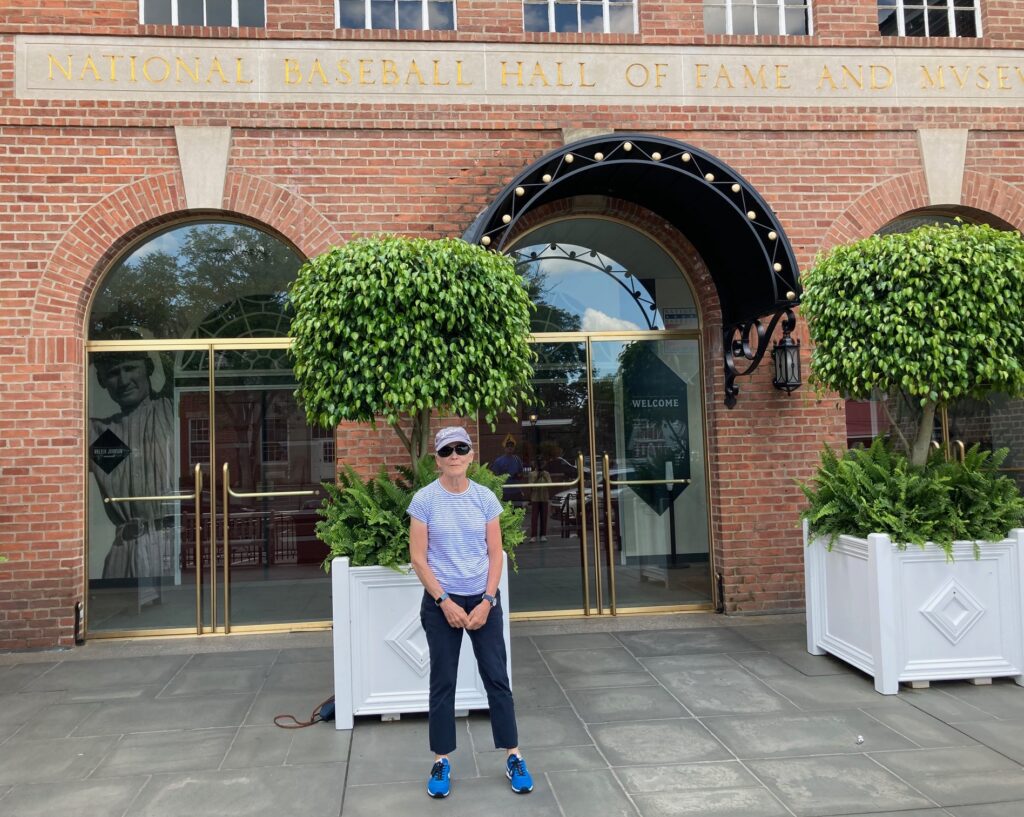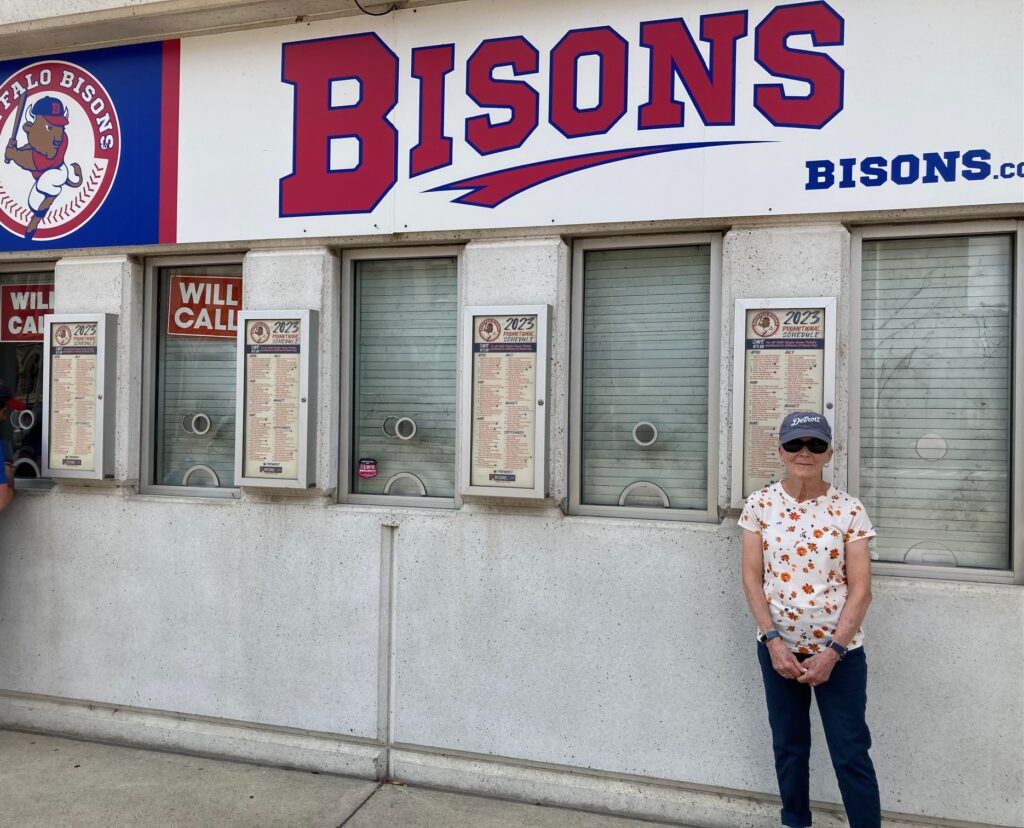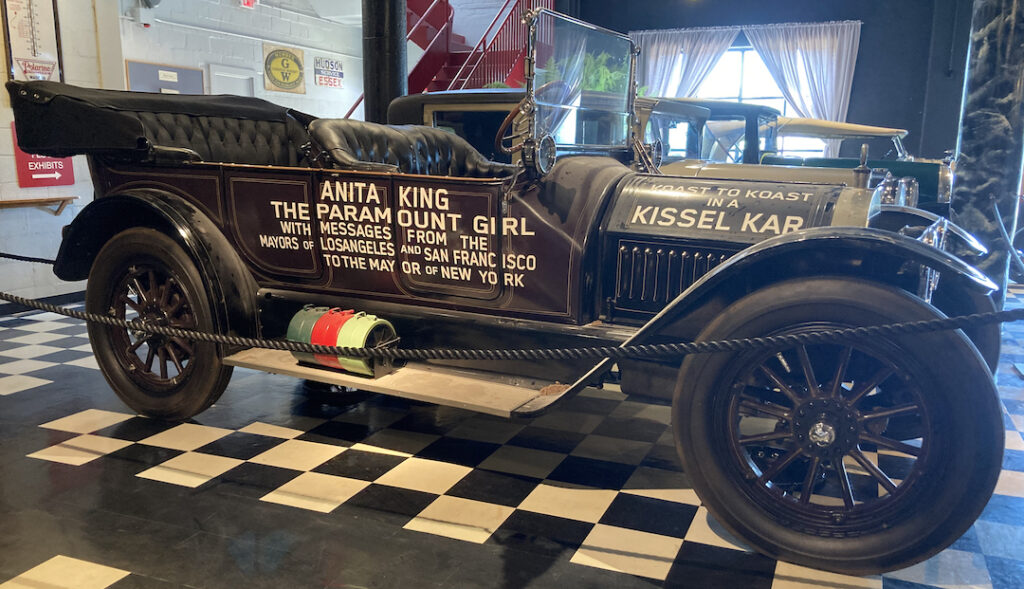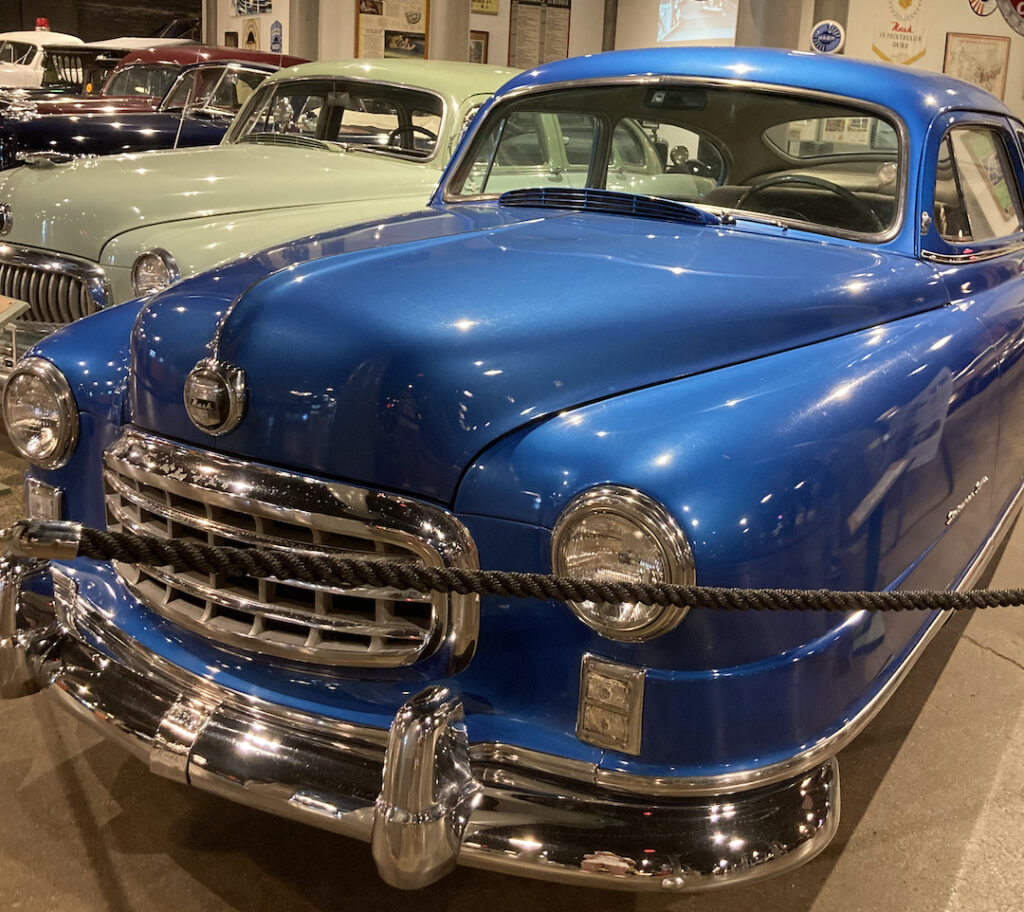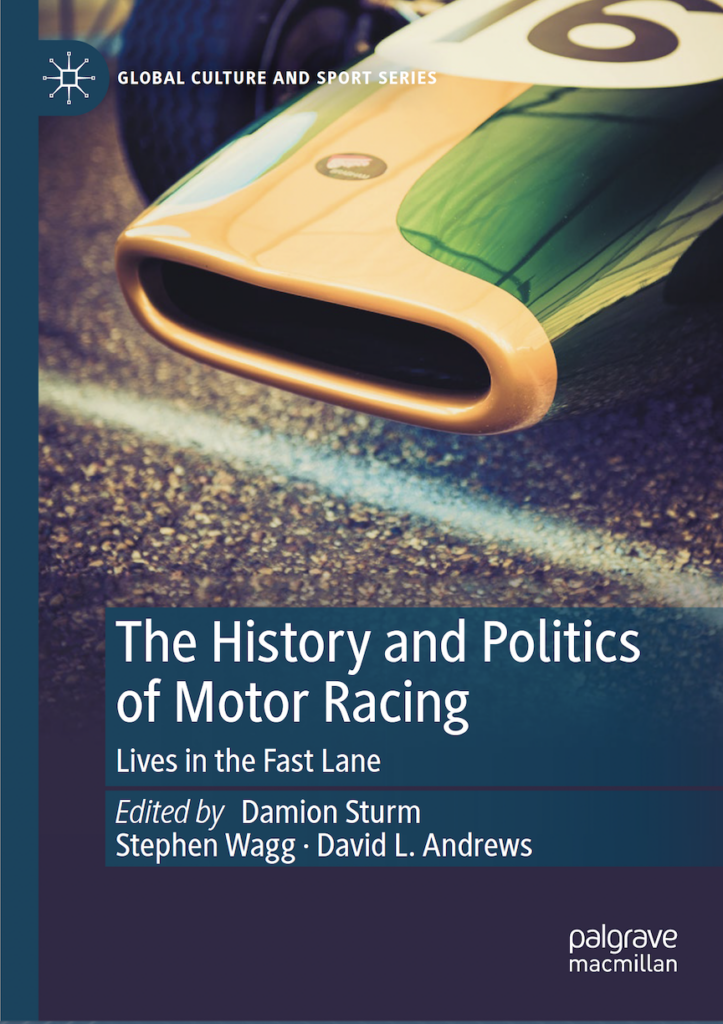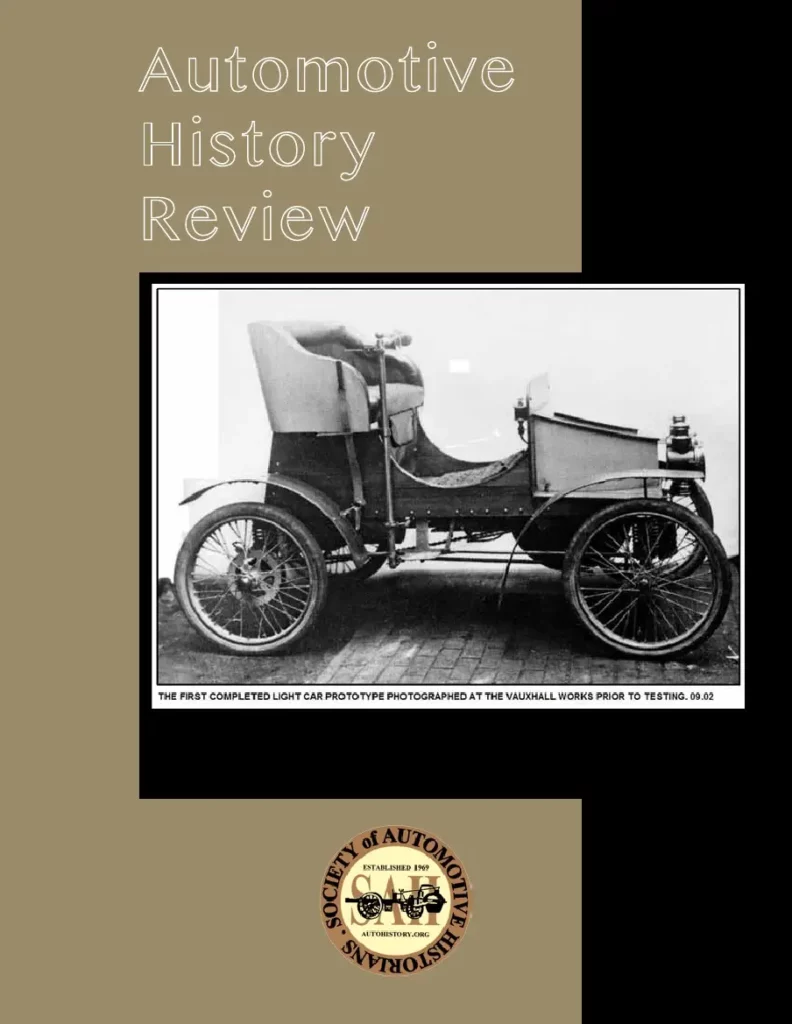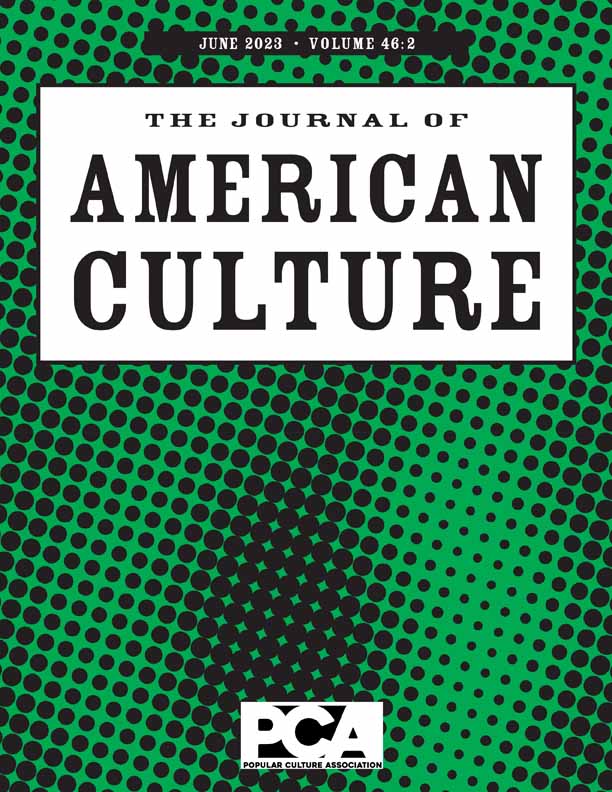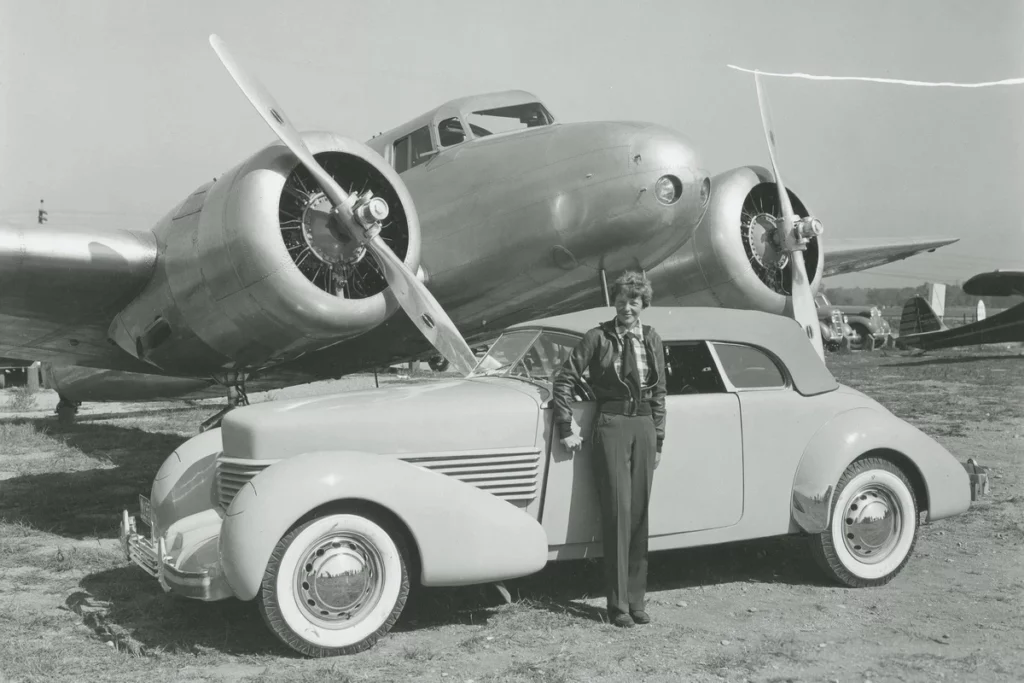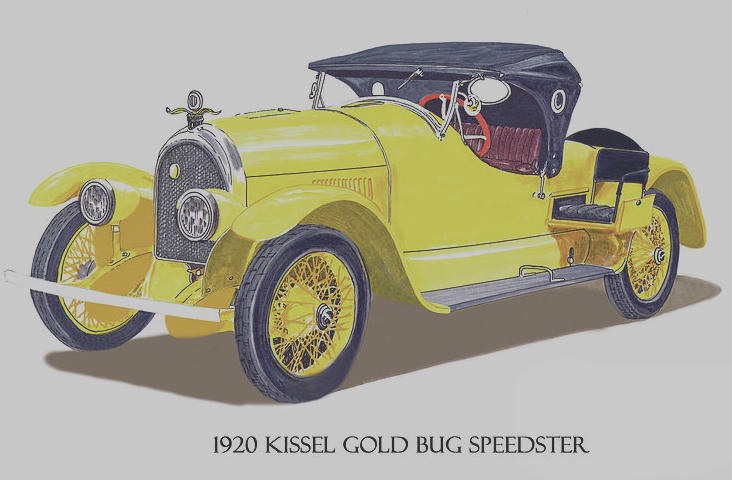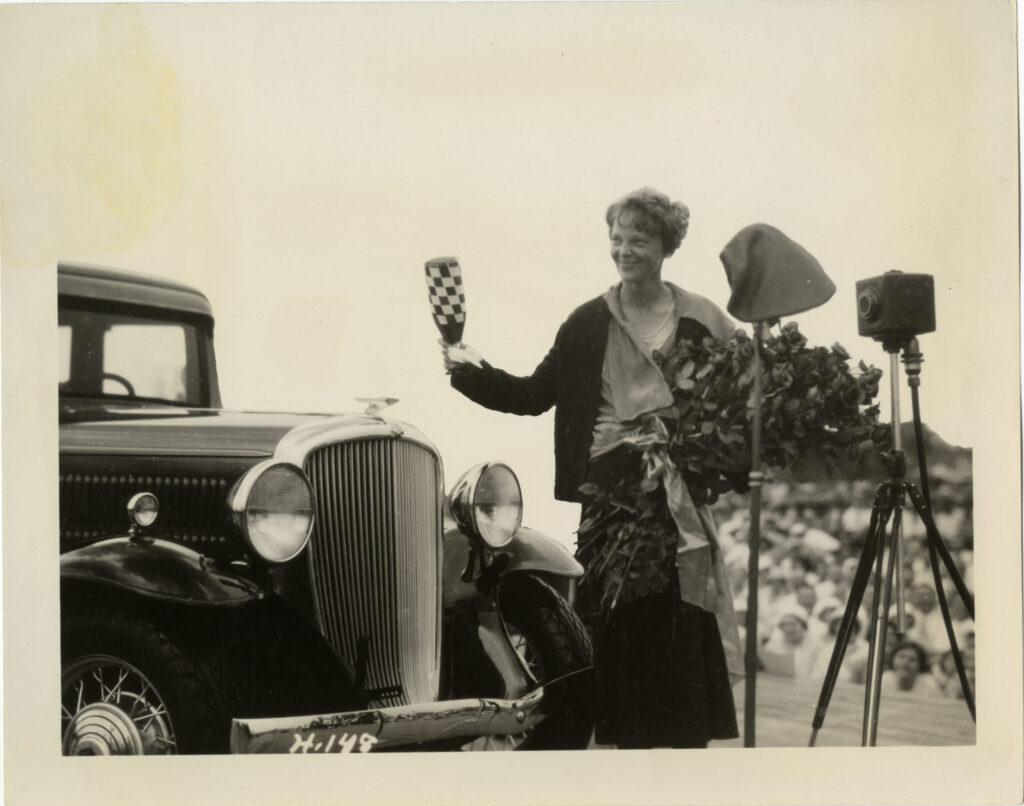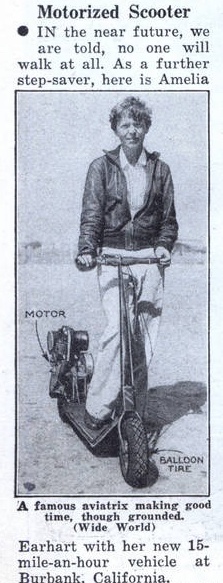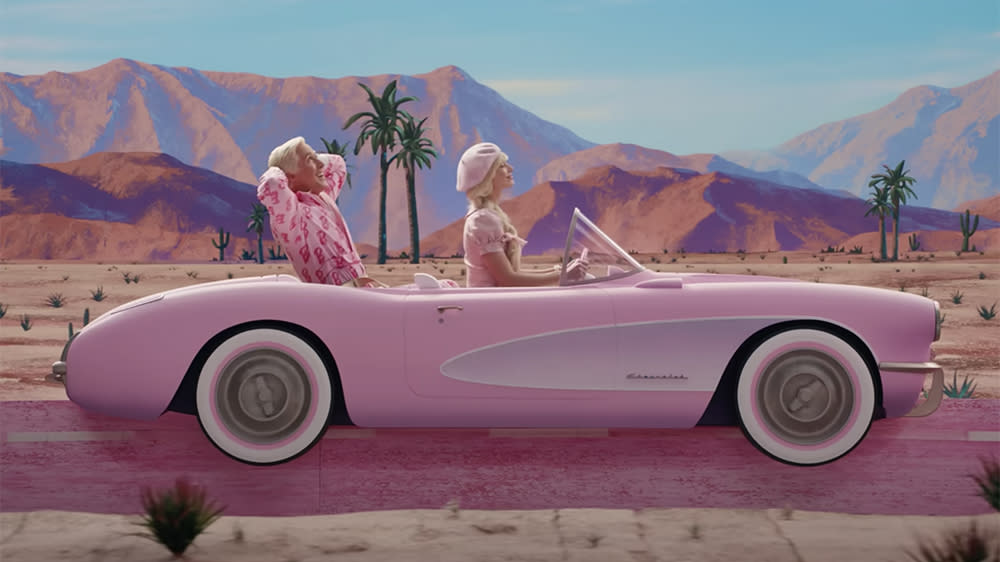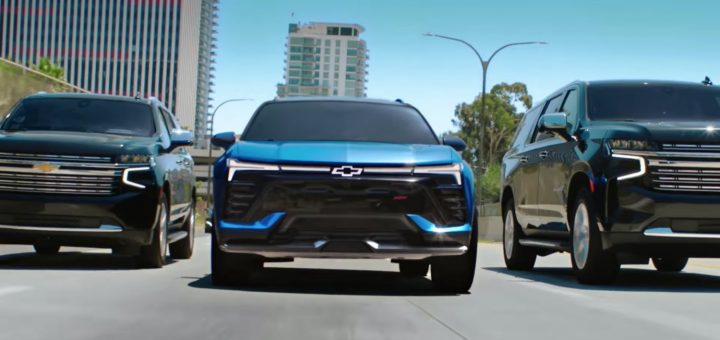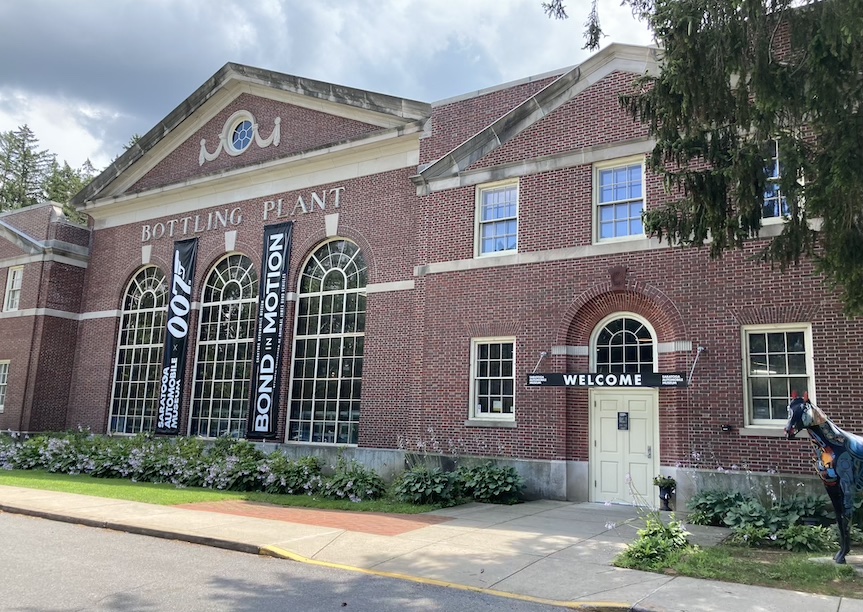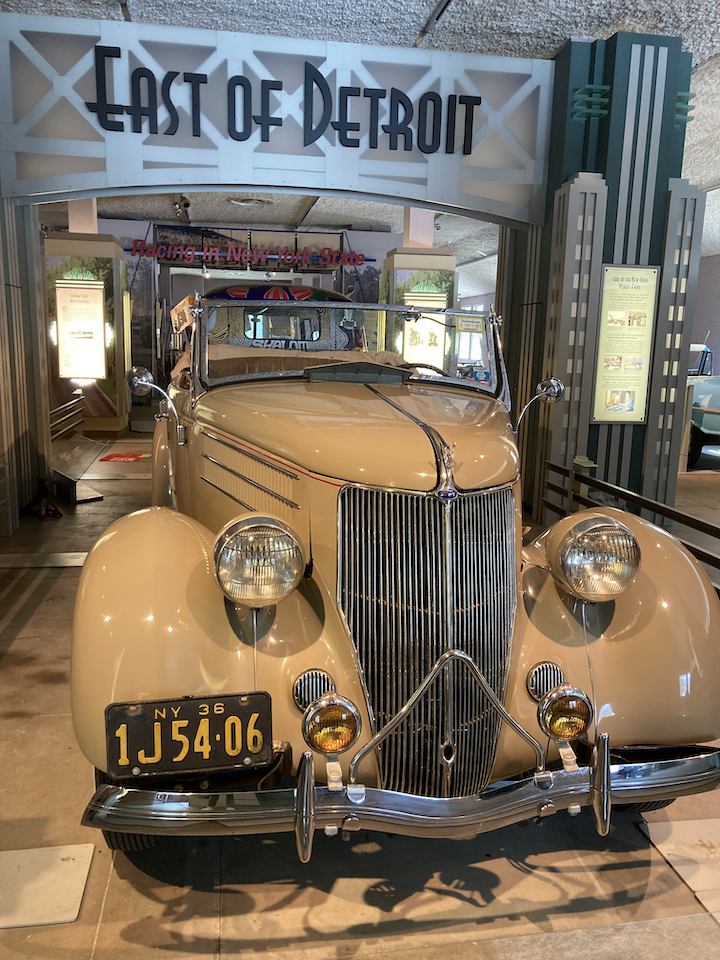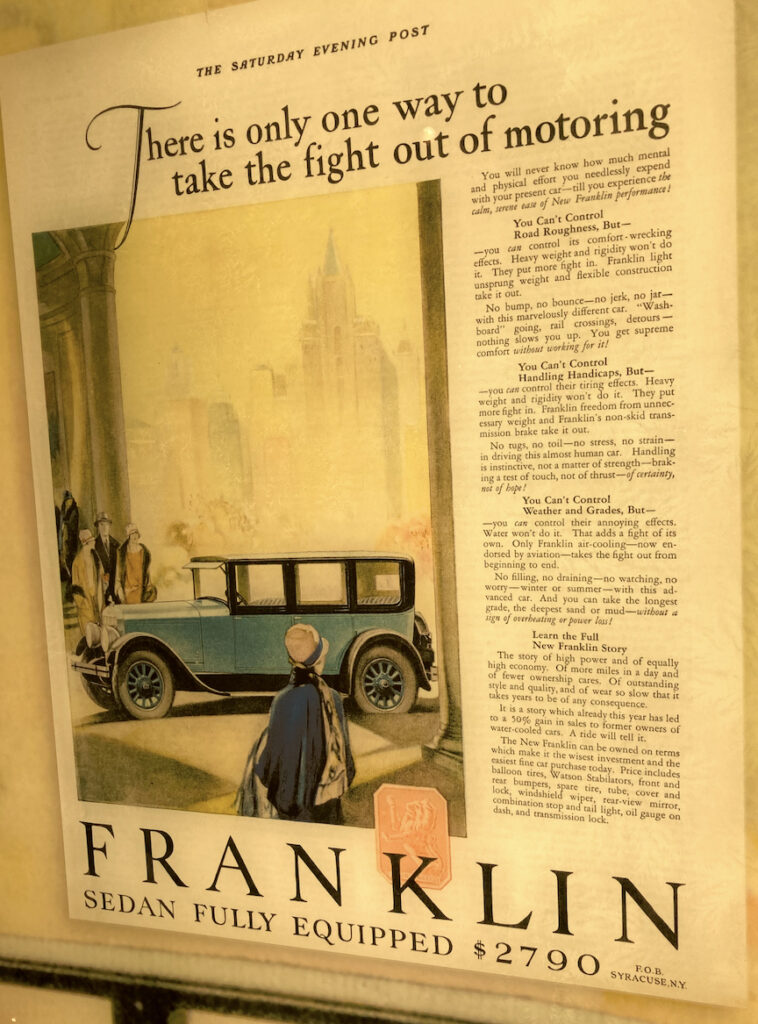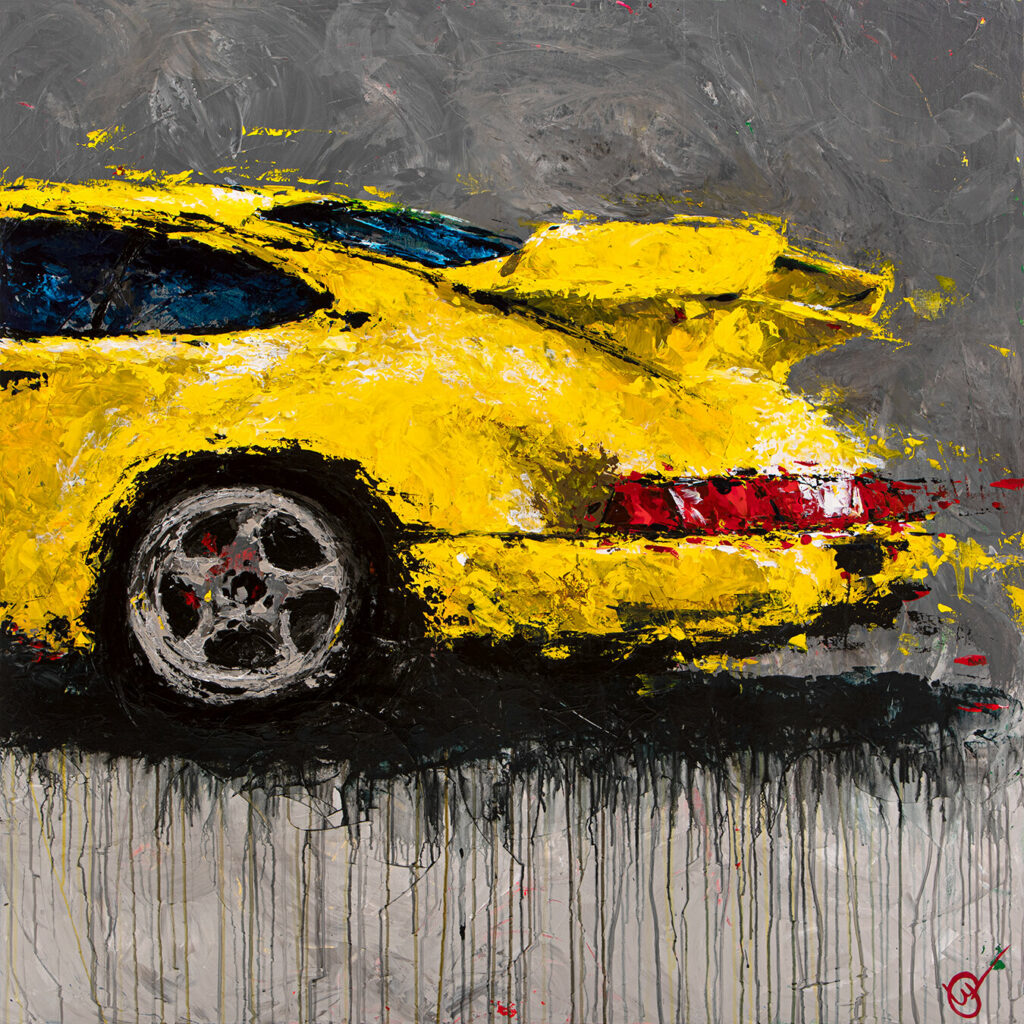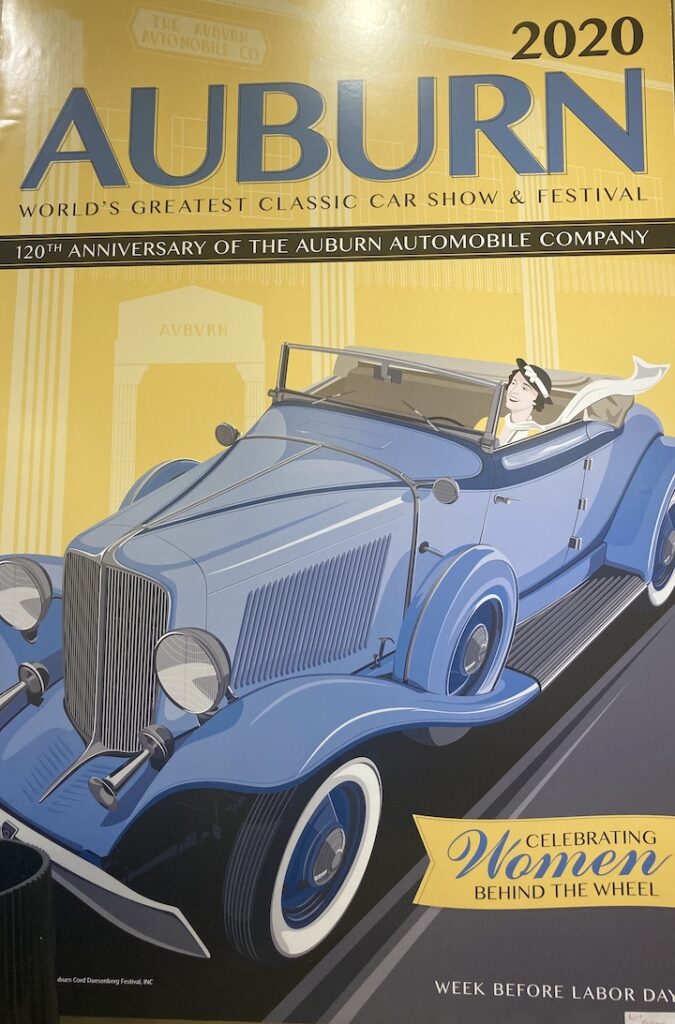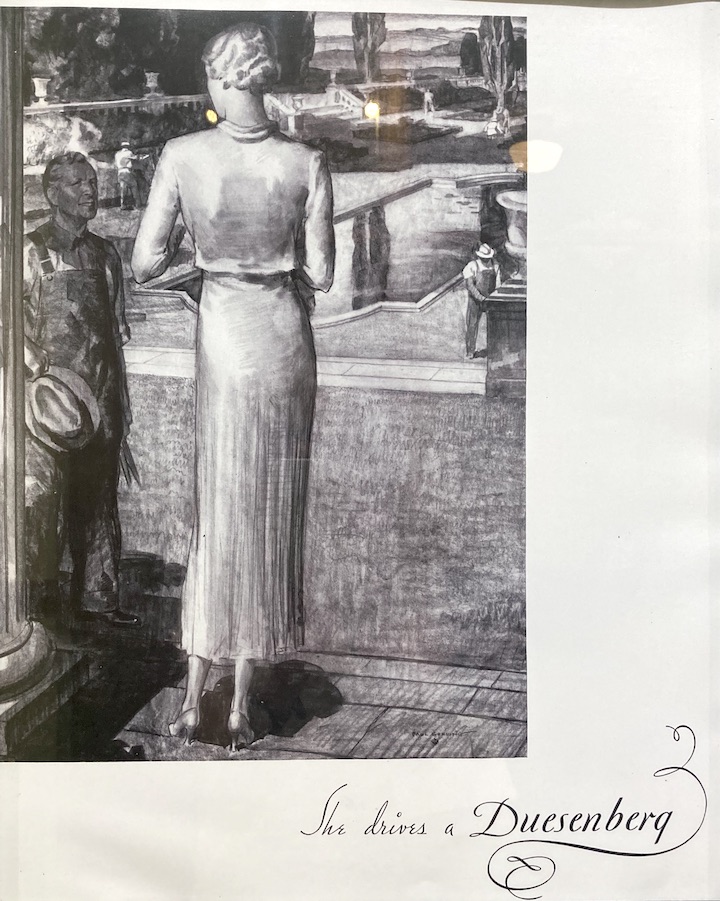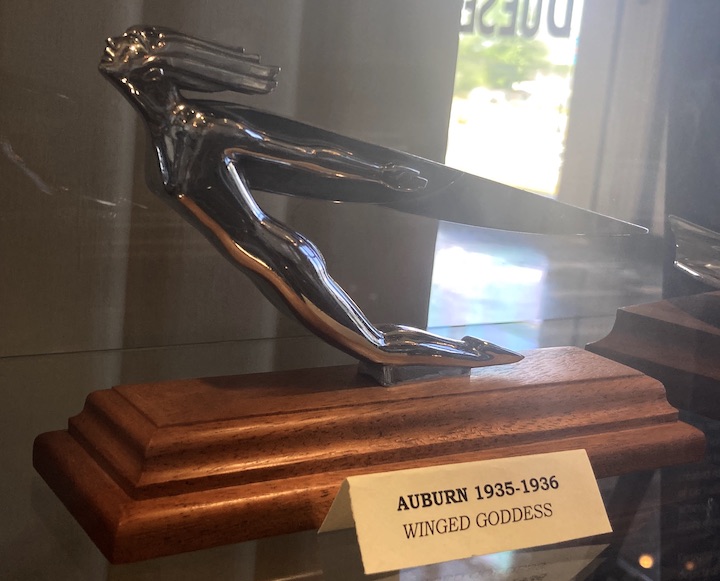
Last weekend I attended the Argetsinger Symposium on International Motor Racing History at the legendary Watkins Glen International Media Center, hosted by the IMRRC [International Motor Racing Research Center] and SAH [Society of Automotive Historians]. It was my third time in attendance – although I was a presenter last year I was invited to attend this year in my new role as Vice President of the Society of Automotive Historians [more on that in a future blog]. The conference attracts academics and historians presenting papers on a wide variety of topics related to the history and culture of motorsport. The goal of the conference, as noted on the IMRRC website, is to provide an opportunity for scholars, researchers, and writers ‘to present their work related to the history of automotive competition and the cultural impact of motor racing to their peers and the motor racing community in general.’

Last year’s conference, which coincided with the fiftieth anniversary of Title IX, featured a number of female presenters as well as a roundtable discussion focused on the state of women in motorsport scholarship. While there were notable gaps in the conversation, the panel represented an effort by symposium organizers to consider women as both motorsport participants and researchers. However the 2023 conference reverted to past gatherings in which women were notably absent as both presenters and subjects of research. The sole female participant was a member of the contingent from MacPherson College and as an archivist spoke on the automotive resources available to students at that institution. The only presentation which addressed women in some capacity was a quantitative study on the subjects most often discussed on motorsport podcasts focused on women. While the presentation was certainly academically sound, it was numbers based, and as a study presented by a male academic, it was lacking any understanding or explanation of women’s actual experience in the motorsport arena.

As noted in the roundtable discussion held a year ago, there is a dearth of automotive scholarship focused on women in motorsport history and culture. This is not surprising; although women’s automotive histories have slowly been incorporated into the canon, there are simply not enough scholars with an interest in exploring the topic of women’s participation in various automotive cultures, including motorsport. Although I have briefly touched on the subject in my own research, motorsport is a subject in which my own knowledge is limited. However, that being said, I came away from the conference with both motivation and determination to develop a paper with women as the focus for next year’s symposium at Watkins Glen.
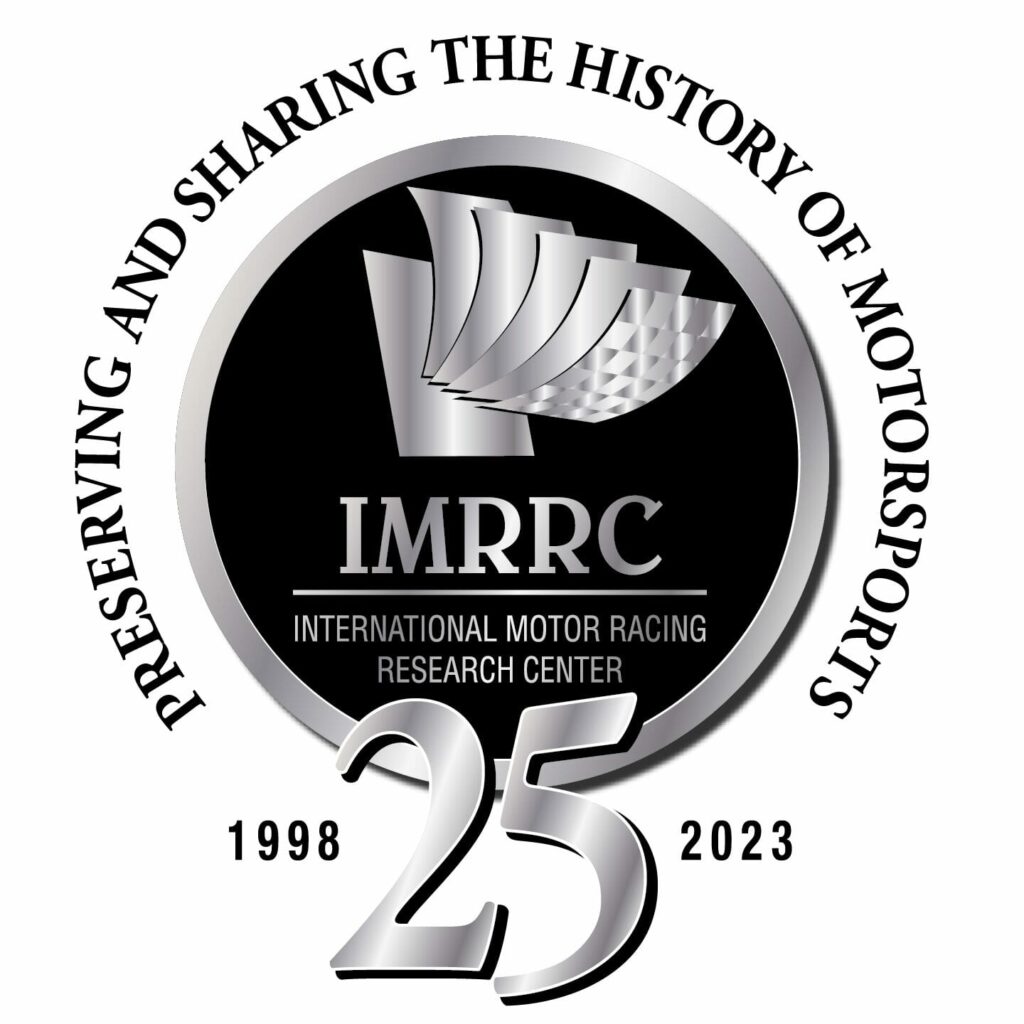
This is not to say the conference was a bust. The long weekend began with the screening of a number of motorsport documentaries, followed by two days of presentations on a variety of subjects from researchers and historians from all over the world. I was able to connect with a number of scholars in the field and was perhaps awarded a small modicum of respect on my new VP status. While I have a number of project in the works, I will endeavor to develop a presentation over the next year that will hopefully bring attention to women’s absence as well as participation in the masculine world of motorsport.
